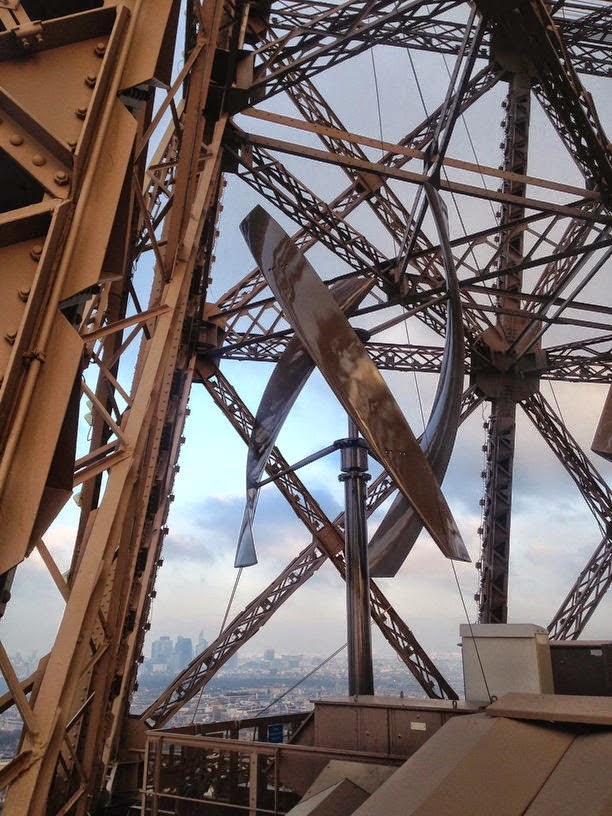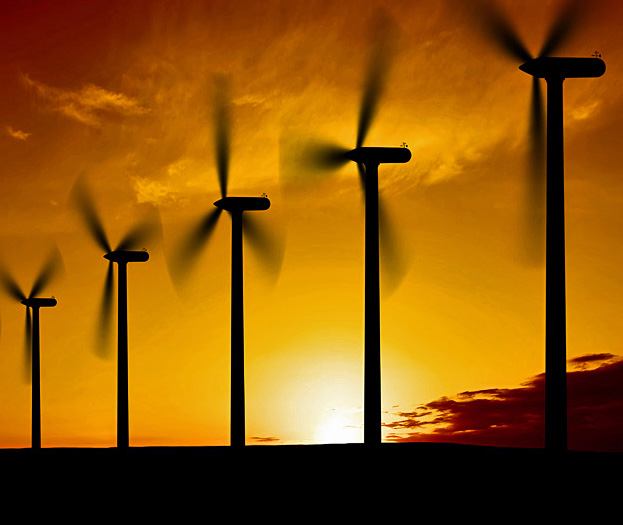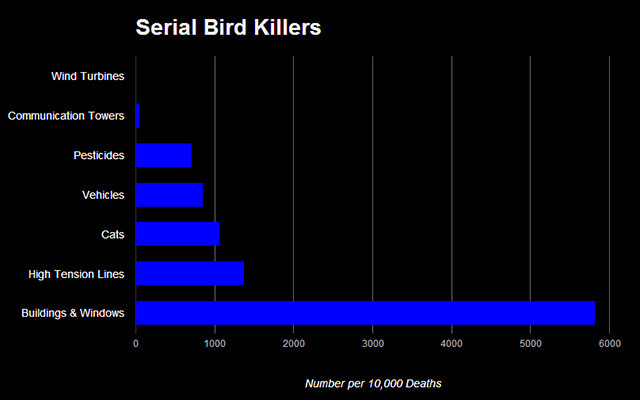A pesar del potencial de eólica, energía solar fotovoltaica, termosolar y geotérmica en algunas zonas del territorio mexicano, el País continúa sin utilizar el máximo potencial de estas fuentes energéticas, indican especialistas.
Para 2024, México tiene la meta de generar el 35 por ciento de la energía eléctrica mediante fuentes renovables -con objetivos escalonados del 25 por ciento al 2018 y del 30 por ciento al 2021-. Asimismo, para el año 2050 se ha comprometido a que el 50 por ciento de la energía se genere a través de las mismas.
![Eólica en México: Enel Green Power]()
- Eólica en México: Enel Green Power
Lo anterior quedó ratificado en la Ley para el Aprovechamiento de Energías Renovables y el Financiamiento de la Transición Energética, publicada en 2008.
Mientras que, a nivel internacional, el País señaló que reduciría el 30 por ciento de sus emisiones de gases efecto invernadero para 2020, y el 50 por ciento, para 2050, meta ratificada en la Ley General de Cambio Climático de 2012.
Sin embargo, los expertos afirman que, con la aprobación de la Reforma Energética -que apuesta por la explotación de los combustibles fósiles y otros hidrocarburos-, difícilmente se lograrán estos propósitos.
"El reto es enorme, pues la generación (de energías limpias) tendrá que más que duplicarse en menos de 10 años. Sin embargo, es factible dando pasos firmes hoy para establecer un piso parejo y que las energías renovables, que hoy ya son costo competitivas aun sin considerar externalidades, puedan competir con las energías provenientes de fuentes fósiles", afirma Mariana Castillo, analista de política pública del Centro Mexicano de Derecho Ambiental (Cemda).
A decir de Jorge Villarreal, especialista de la iniciativa regional climática para América Latina (LARCI, por sus siglas en inglés), la capacidad instalada de energía eléctrica en México, renovable y no renovable, es de cerca de 63 gigavatios (Gw) en 2015. De ésa, sólo 6.12 Gw corresponden a fuentes de energía renovable. Es decir, el 9.7 por ciento.
En cambio, de acuerdo con la Secretaría de Energía (Sener), los hidrocarburos en 2013 representaron alrededor del 88 por ciento de la oferta energética del País -por lo que se infiere que el 12 por ciento correspondería a fuentes renovables-.
"Para el 2024 existe un potencial económicamente competitivo para cubrir la mayor parte de toda la capacidad instalada del sector eléctrico y reducir de forma importante la participación de combustóleos", señala.
Sin embargo, añade que falta mucho por hacer.
De acuerdo con el reporte Prospectiva de Energías Renovables 2014-2028, publicado por la Sener, se proyecta que, en 2028, la capacidad adicional instalada con energías renovables sea superior a los 28 Gw.
Actualmente, el País cuenta con 31 parques eólicos en operación distribuidos en los estados de Oaxaca, Baja California, Chiapas, Jalisco, Tamaulipas, San Luis Potosí y Nuevo León.
Adrián Escofet, presidente de la Asociación Mexicana de Energía Eólica (AMDEE), señala que, entre 2015 y 2018, se esperan inversiones en este sector por 14 mil millones de dólares, recursos con los que se instalarán 6.949 Gw de capacidad de generación eléctrica adicionales a los 2.551 que ya operan en territorio nacional.
Con lo anterior, se espera tener 9.5 Gw instalados en el País y, al cierre de 2018, contemplan que esta fuente suministre el 8 por ciento de la electricidad que se consuma en México.
Asimismo, el pasado mes de enero, la Comisión Federal de Electricidad (CFE) anunció que se desarrollarán ocho parques eólicos por 2.3 Gw, y que el parque Sureste Fase II, de 102 megawatts de capacidad de generación eléctrica y ubicado en Oaxaca, entrará en operación en el primer semestre de 2015.
Así, en 2018, los estados donde se prevén nuevos parques eólicos son: Coahuila, Zacatecas, Yucatán, Puebla, Sonora, Durango, Veracruz, Querétaro.
Con estos planes, la AMDEE señala que, para 2022, la capacidad instalada alcanzará 15 Gw y las inversiones acumuladas serán de 30 mil millones de dólares.
Sin embargo, Villarreal afirma que se podrían alcanzar números superiores de vencerse los obstáculos que enfrenta esta fuente energética.
"En México existe el potencial (...) pero el retraso se debe a una serie de distintas barreras. Anteriormente, los costos de energía eólica no eran competitivos frente a precios de gas porque las empresas privadas tenían que pagar por adelantado el desahogo, es decir, el tendido de las redes de transmisión para poder interconectarse a la red del sistema eléctrico nacional, y eso hacía que los costos aumentaran".
No obstante, comenta que, al día de hoy, generar energía eléctrica a través del viento resulta económicamente atractivo para los inversionistas. Por ello, espera que aumente su implantación.




























